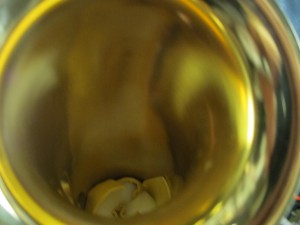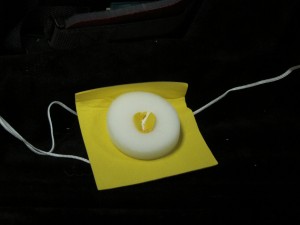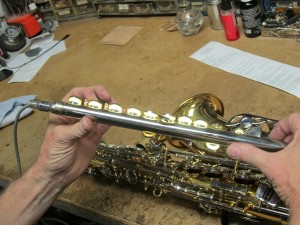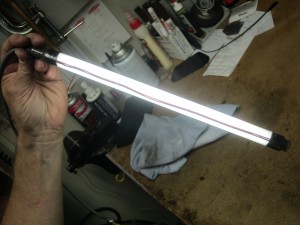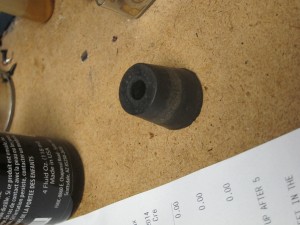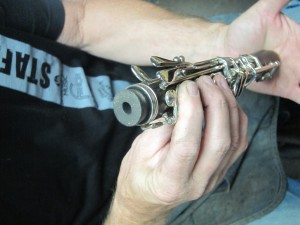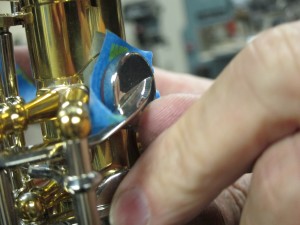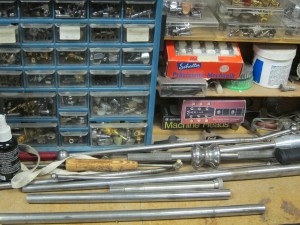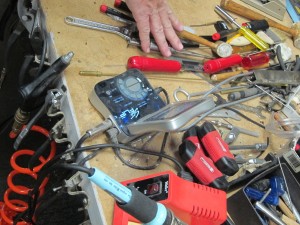

Finding what is wrong with instruments sounds like a domain of experts.
However, with a little help, it is easy for amateurs to figure out problems.
Duane Lewis, a professional musical instrument technician, has been doing repairs for 40 years. Currently, he fixes all the instruments in Springfield Music (3100 S Fremont Ave, Springfield, MO 65804).
For woodwind and brass players, it is especially important to know how to handle their instruments.
“Since the leather pads to seal the keys get wet when you play it, you do not want to leave a heavy moisture there, because it will not make a proper seal later,” Lewis said.
To help students with managing their instruments, he talked with the Scoop to give some valuable tips.
1. Clean the instrument every day.
“It is a good habit to clean the instrument at the end of the day,” Lewis said. Even though it is simple to clean the instrument, not many players do this because they think it is not a big deal. However, it is really important to keep the instrument in the healthy condition and remove all the moisture that is stuck inside of it. Keeping the instrument safe is helpful to prevent players from getting sick.
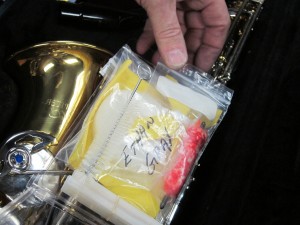
When a musician buys the instrument, it comes along with a maintenance kit, which contains the swab and mouthpiece brush.
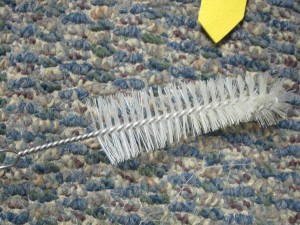
A mouthpiece brush is for cleaning the mouthpiece that the player holds in his mouth to play the instrument. Since it directly contacts with the mouth of a person, cleaning the mouthpiece is important to be sanitary. “With the lukewarm soapy water, scrub the mouthpiece to remove dirty things,” Lewis said.
A swab is for cleaning the inside of the instrument for brass instruments. It has a weight at one end and the chamois at another end. “You basically drop the weight into the bell of the instrument and turn the instrument upside down,” he said. Then make the chamois to go through the instrument. This way, it will absorb the moisture inside the instrument.
2. Check whether air is leaking.
Since the wind plays the major role in making sounds of woodwind and brass instruments, it is important for students to check whether the air is leaking when they blow the wind into the instrument.
There are two ways to find the source of the leak.
First, you can use a device called a leak light, which shines inside the instrument. You simply put it inside the instrument and makes it to shine. “When the light shines through a key even when you close it, that means the air is going to be escaping,” Lewis said. If there is no leak light, any stick-shaped luminant devices that fit in to the instrument is also usable.
“For the instrument that the leak light does not fit, you can use the method called the compression check,” he said. You first dismantle the instrument because each spot will be checked separately. After you select the part that you want to examine, grab it and block the hole on one side with the little rubber stopper that has a hole in the middle. If you finished all these processes, then blow the wind through the stopper while blocking the opposite end with the hand, as in the picture above. If the air goes through, then it means the air is leaking; if not, your instrument is safe.
3. Take tape with you.
When your performance is about to start, and you just realize that the air is leaking from the instrument, you may panic. However, if you have tape, then you do not have to worry. “You can take the tape and put it around the sound hole,” Lewis said. “Now you cannot play that specific note, but at least the air is not leaking. This will buy you some time.”
4. Do not try to fix your instrument if you do not know what to do.
Musical instruments are really sensitive. One subtle problem can change the entire sound of the instrument.
If you cannot figure out what the problem is with the instrument, or if you do not have a right tool to fix it, it is better to take it to the technician. “Since it is really tool-specialized field, without the tools, you cannot fix the instruments,” Lewis said.
